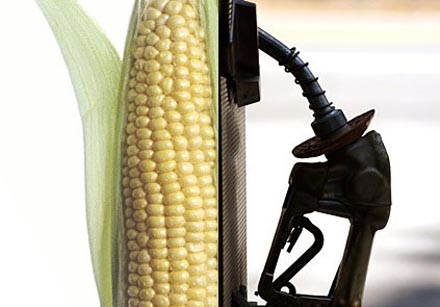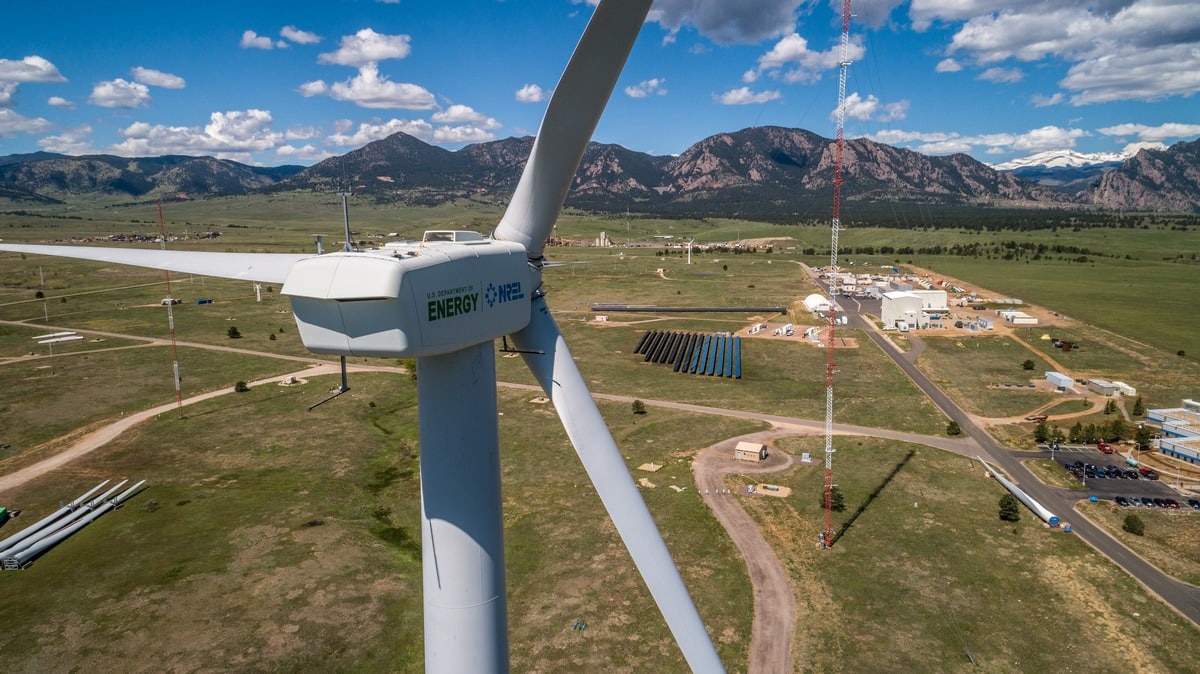
 What’s Ethanol?
What’s Ethanol?
Ethanol is an alcohol-based alternative fuel produced from crops such as corn, barley, and wheat or from “cellulosic biomass” such as trees and grasses. Brazil and the US together account for nearly 70{9d1f0b33d0dfecc7a532185a91e80dc02994fcd6e1d2f71ba6b569dea4e7d0d7} of global ethanol production. Virtually all US ethanol requirements today are satisfied by domestic production.
Today
All gasoline vehicles are capable of operating on gasoline/ethanol blends with up to 10{9d1f0b33d0dfecc7a532185a91e80dc02994fcd6e1d2f71ba6b569dea4e7d0d7} ethanol. Several states require seasonal or year-round use of up to 10{9d1f0b33d0dfecc7a532185a91e80dc02994fcd6e1d2f71ba6b569dea4e7d0d7} ethanol as an oxygenate additive to gasoline to mitigate ozone formation. These Low percentage oxygenate blends are not classified as alternative fuels.
Ethanol vehicles, commonly called flexible fuel vehicles (FFVs), are designed to run on gasoline or a blend of gasoline and up to 85{9d1f0b33d0dfecc7a532185a91e80dc02994fcd6e1d2f71ba6b569dea4e7d0d7} ethanol (E85). FFVs have been produced since the 1980s, and dozens of models are currently available. FFVs look exactly the same as gasoline-only vehicles but E85 fuel efficiency (mpg) is 20-30{9d1f0b33d0dfecc7a532185a91e80dc02994fcd6e1d2f71ba6b569dea4e7d0d7} less than that of gasoline. According to the Department of Energy, there are approximately 1000 E85 filling stations in the US.
Pros and Cons
Ethanol proponents argue that use of ethanol is a major step away from US dependence on imported oil. After all, fuel produced domestically is better than fuel imported from elsewhere around the globe. They point out that Ethanol is a cleaner fuel than gasoline and is biodegradable without harmful effects on the environment. With some success, ethanol proponents and advocates for wheat, corn and sugar growers lobby government to promote ethanol use through legislation, raising the question, who benefits most from increased ethanol use?
Ethanol critics have an abundance of arguments!
• Ethanol is not as efficient as oil based fuels. Many suggest that the total amount of energy required to produce ethanol from corn exceeds the amount of energy generated by the final product.
• Significantly increasing the amount of ethanol produced from agricultural sources will reduce the volume of food produced domestically and cause sharp increases to food, especially corn prices. And since corn is used for animal feed and sweeteners, prices for poultry and beef, soft drinks and many processed foods will increase.
• Devoting increased amounts of farmland to corn production for ethanol will result in reduced global food supplies, contributing to inflation, malnutrition and even starvation. Alternative ethanol production methods that use waste or recycled products or biomass including switchgrass may be promising but are not ready for commercial use.
• Increasing corn production which uses more herbicides and pesticides than any other crop will result in greater air and water pollution, contributing to global warming.
The Verdict?
If you believe that the market is the true “decider”, the jury is still out but it’s clear that ethanol production is on the rise and the momentum is increasing.







